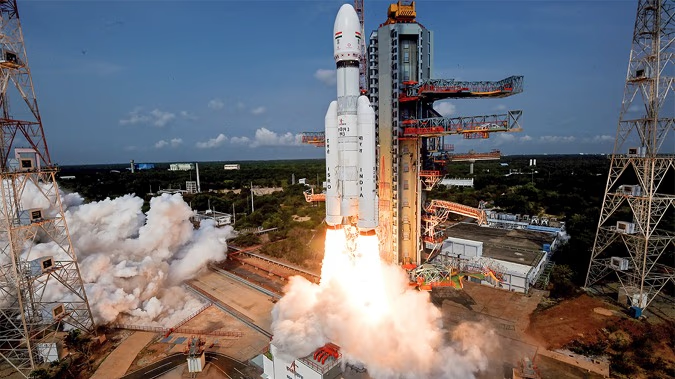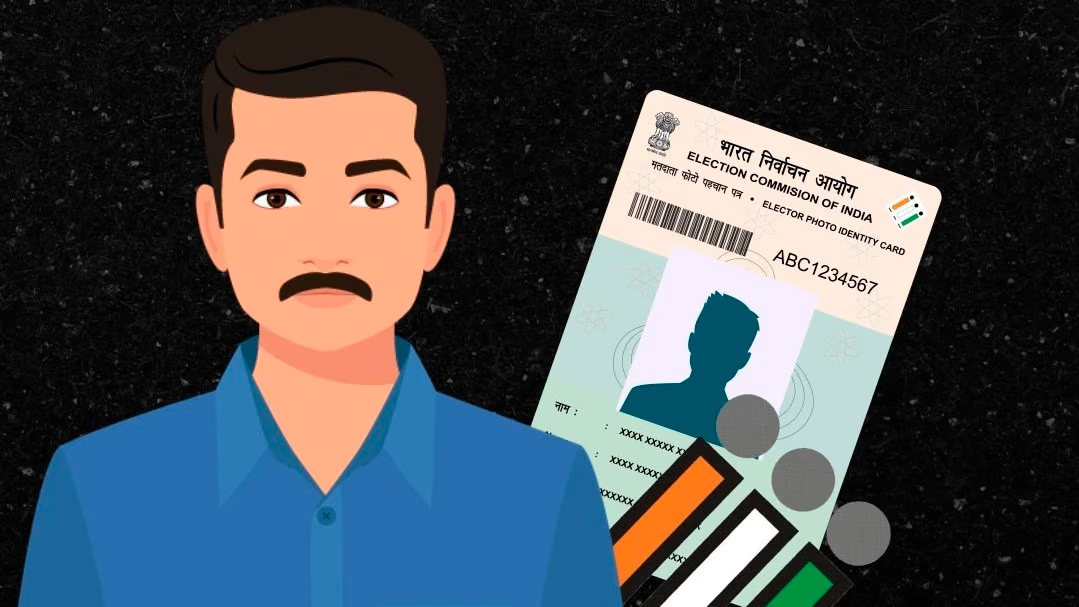The Indian Space Research Organisation (ISRO) is set to launch the CMS-03 communication satellite on November 2, 2025, using its powerful LVM3 rocket. This marks the fifth operational flight of the LVM3 (LVM3-M5). Weighing approximately 4,400 kilograms, CMS-03 will be India’s heaviest communication satellite to date.
This satellite will provide communication services over maritime regions and Indian territory. The previous LVM3 mission successfully delivered Chandrayaan-3 to the Moon, where India achieved a historic landing near the Moon's south pole.
Read More:
The LVM3 (Launch Vehicle Mark-3), ISRO’s most powerful rocket, also known as 'Bahubali', is a medium-heavy lift rocket that can carry heavy satellites to an elliptical geosynchronous transfer orbit (GTO).
Why Special:
LVM3 is a testament to India's indigenous technology. It can carry satellites weighing up to 4 tons into GTO, surpassing the capabilities of PSLV or GSLV Mk-II. Where once there was reliance on foreign rockets, ISRO now launches large satellites independently.
Development:
Begun in the 2000s. First successful flight in 2014. Seven successful missions to date.
Last Mission:
LVM3-M4, in July 2023, launched Chandrayaan-3. The Vikram Lander made a soft landing near the Moon's south pole, making India the fourth nation to reach the Moon.
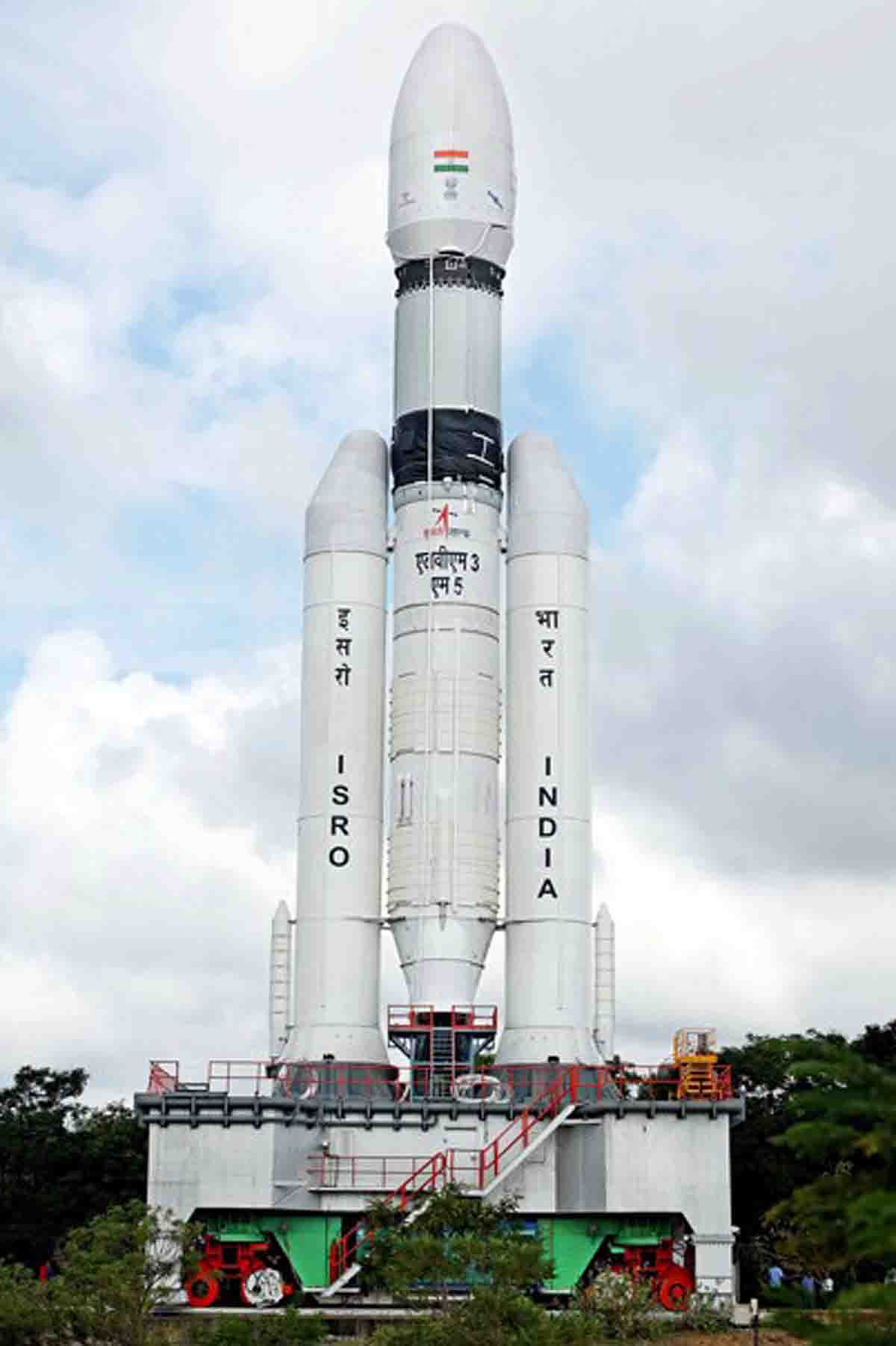
Source: aajtak
Height: 43.5 meters (equivalent to a 14-story building)
Lift-off Weight: 640 tons (equivalent to 800 large elephants)
Stages: 3 (2 solid boosters + 1 liquid core + 1 cryogenic upper)
Booster Engine: S200 (solid fuel, 205 tons of HTPB fuel)
Core Stage: L110 (liquid fuel, Vikas engine)
Upper Stage: CE-20 (cryogenic, LOX/LH2 fuel)
Payload Fairing: 5 meters in diameter (covering the satellite)
GTO Payload Capability: 4 tons (easily handles heavy satellites like CMS-03)
Launch Site: Sriharikota (Satish Dhawan Space Centre)
Read More:
This rocket operates in multiple stages during its flight. The boosters ignite in the first two minutes. Then, the core stage takes over. Finally, the upper stage places the satellite into the correct orbit. The entire flight lasts 20-25 minutes.
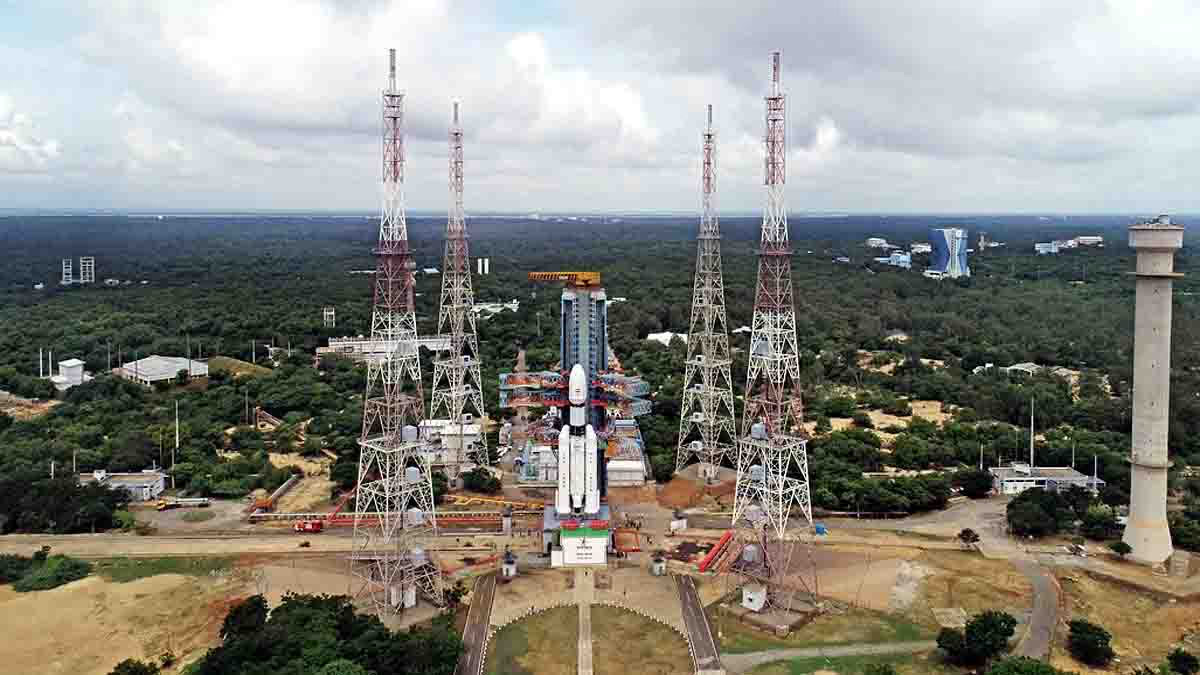
Source: aajtak
CMS-03 (Communication Satellite-03) is a multi-band communication satellite, also known as GSAT-7R or GSAT-N2. It is designed for the Indian Navy (funded by the Ministry of Defense), providing secure communications in maritime regions. This satellite, weighing 4,400 kilograms, will be India's heaviest communication satellite launched from GTO.
What It Will Do:
Operating with Ka-band high-throughput (HTS) technology, it will provide 70 Gbps speed with 40 beams (signal coverage areas). It will offer services like voice, data, video calls, navigation, and military communication to the Indian Ocean, Arabian Sea, Bay of Bengal, and Indian land.
Read More:
Operational Duration:
14-15 years. It will be fixed in GEO (36,000 km altitude), from where it will always appear at the same place.
Technology:
Equipped with advanced transponders (signal transmitters), solar panels (for electricity), and battery. It is weather-resistant and secure from enemy jamming.
Importance:
Real-time connectivity for naval vessels, submarines, and coast guards. Aids in disaster management, fishing, and tourism.
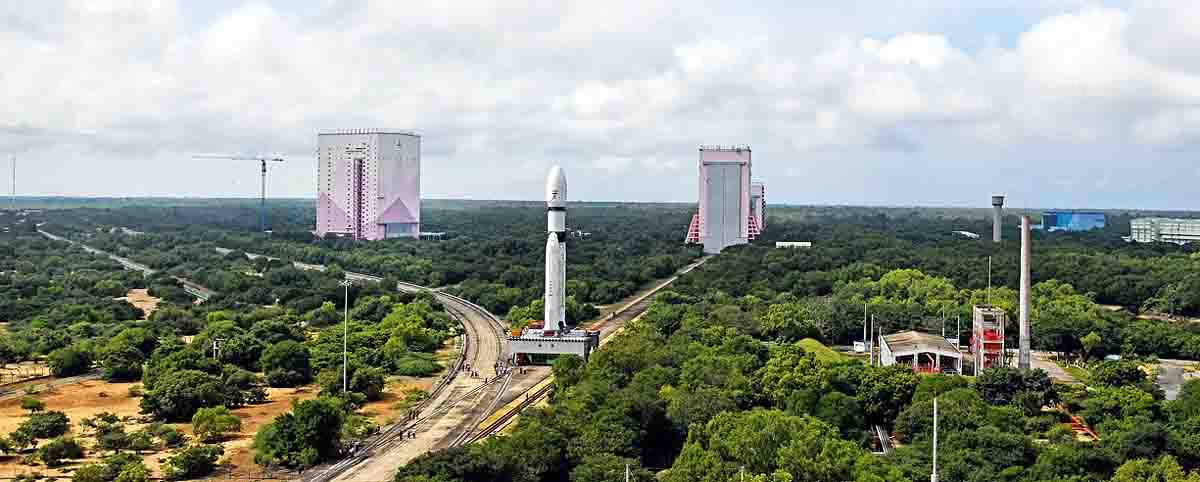
Source: aajtak
This mission is LVM3's 5th operational flight. 8th launch total (including tests).
Launch Date: November 2, 2025, morning (exact time to be announced soon).
Launch Site: Sriharikota, Andhra Pradesh. Rocket assembled and moved to the launch pad on October 26, 2025.
Objective: Place CMS-03 into GTO. Then the satellite will reach GEO using its engine.
Lift-off: S200 boosters ignite, rocket reaches an altitude of 126 km.
Stage Separation: 2 minutes after liftoff, boosters separate, L110 core functions.
Upper Stage: CE-20 engine provides satellite with a speed of 5,325 meters/second.
Payload Deployment: In 20 minutes, satellite separates and descends with parachutes (if needed).
Team: 500+ ISRO scientists. Led by Chairman V. Narayanan.
Challenges: Weather, integration test. Yet, LVM3 boasts a 100% success rate.
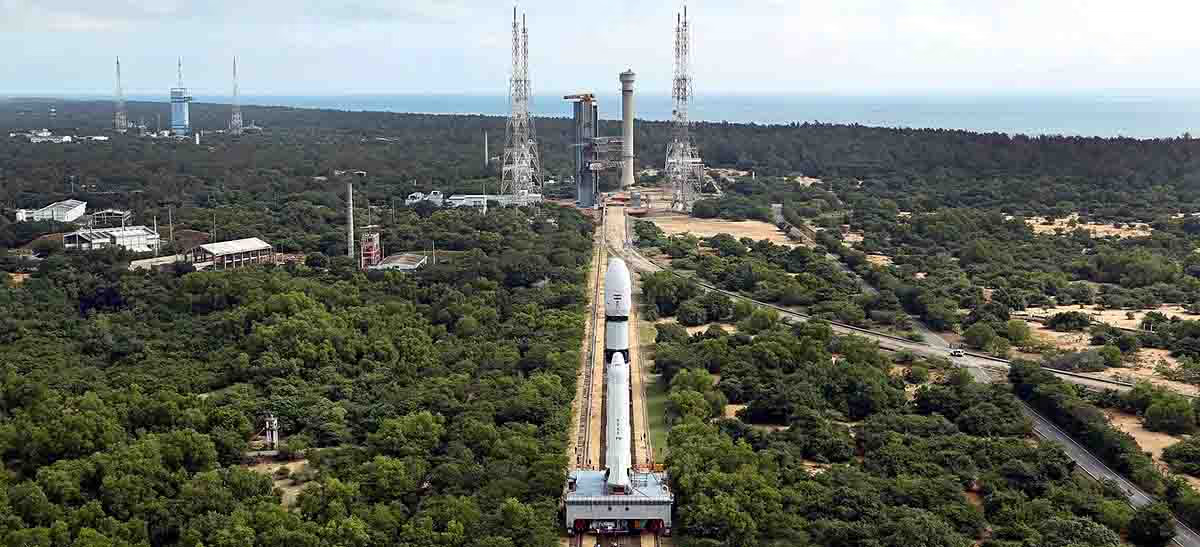
Source: aajtak
Technical: India can now launch heavy satellites independently, reducing foreign assistance.
Strategic: Enhances naval strength, monitors maritime boundaries.
Economic: Generates over 10,000 crores in revenue through commercial launches via NSIL (New Space India Ltd).
Future: LVM3 will next launch the US's BlueBird-6 satellite. Furthermore, India's Gaganyaan, Indian Space Station in line.
